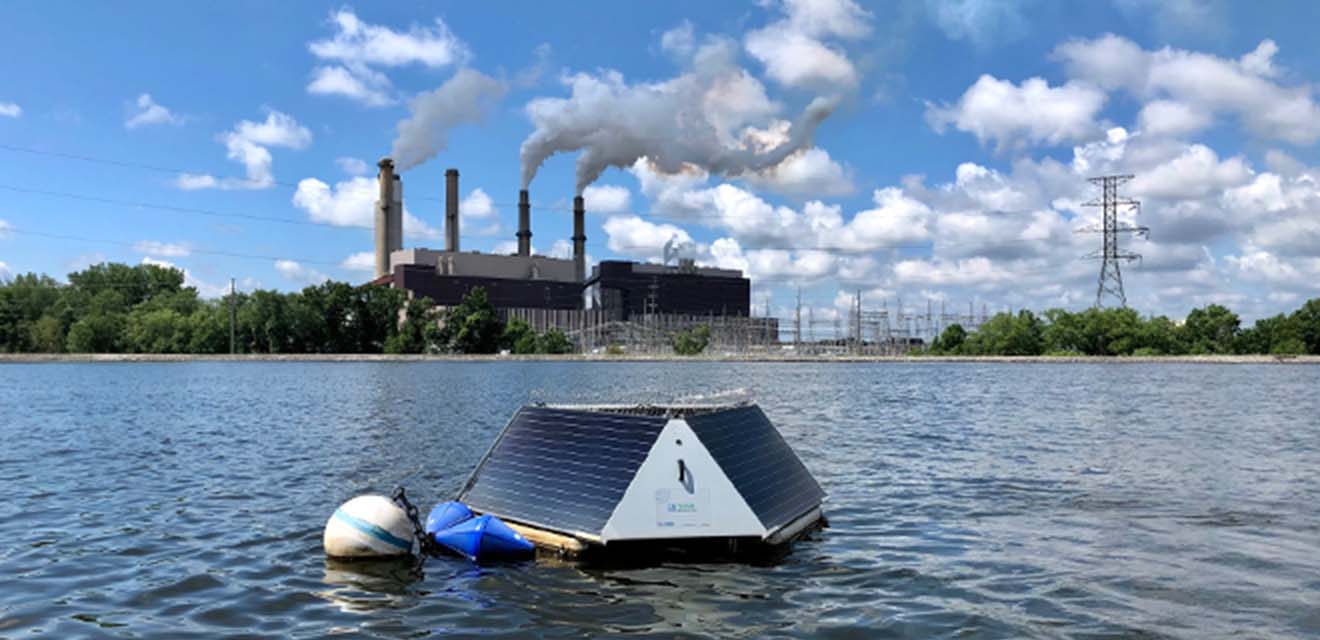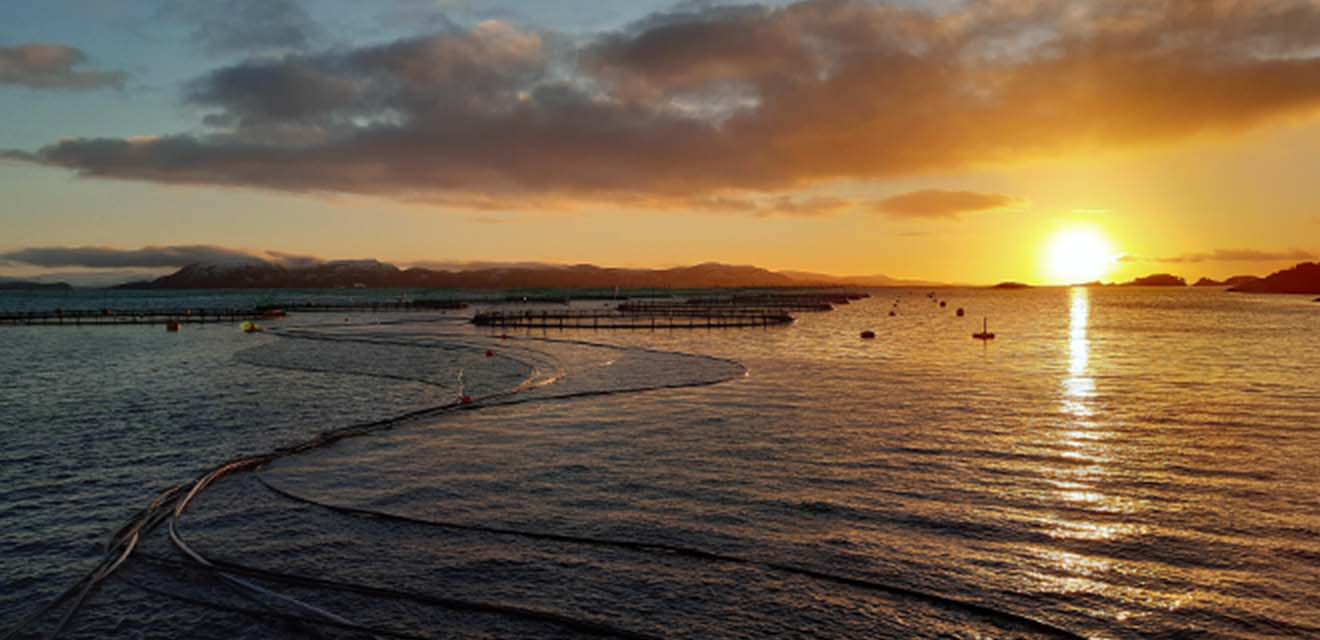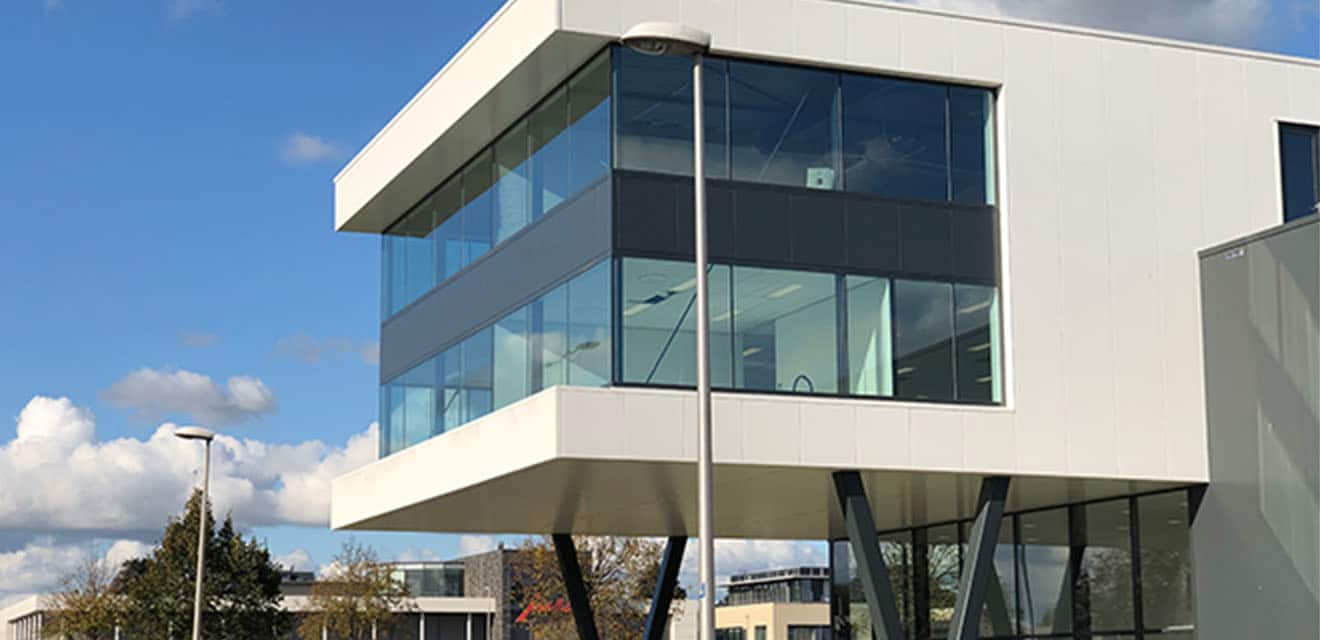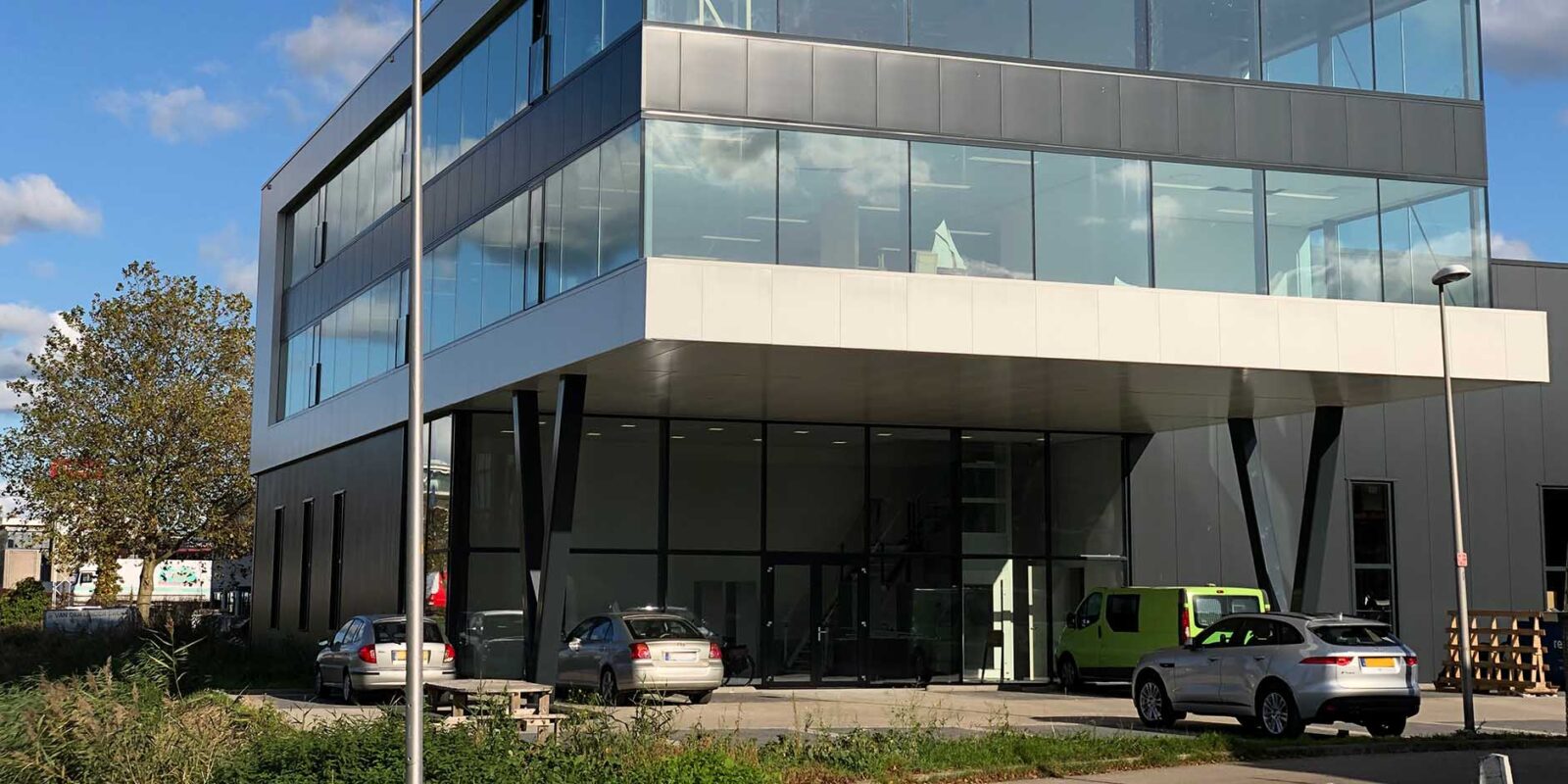As the year comes to a close, we look back at a year of challenges. We would like to thank our loyal customers for their trust in our company during these times of uncertainty and change. This year, despite the pandemic, we extended our customer base throughout the world and shared new success stories of top-level utilities using our technologies to improve water quality.
These are the top 8 stories from 2020:
- New water quality treatment projects
- Continued algae management success
- Success of sea lice research project
- Introduction of a water quality monitoring buoy
- Launched a series of webinars
- Opened our new corporate headquarters
- Integration of weather data in our buoy
- What’s next?
1. New water quality treatment projects
Throughout the year, we initiated new projects on four continents. Due to the pandemic limitations, most of them were different, but successful installations thanks to the after sales team. In January, the MPC-Buoy system was implemented in a reservoir of South America’s largest gold mine, with the objectives of providing drinking water as part of its shared value and solving problems with clogged filters.
In February, we installed six MPC-Buoy systems in Aguas Andinas’ water infrastructure for adapting to climate change. The reservoirs ensure drinking water supply for the inhabitants of Santiago, Chile, in cases of extreme weather. The same month, we began our 5th project with EPM, a public water utility in Colombia.
In the United States, started new projects amongst others in Colorado, New Jersey, and Florida. In Florida we work together with the Florida Gulf Coast University (FGCU) to control algal blooms at the Everglades Wetland Research Park in Naples.
2. Continued algae management success
This year, we were excited to publish excellent projects’ results. NIPSCO installed five of our systems with goals to comply with NPDES Regulatory Discharge Limits for TSS. Since our systems’ installation, Brian Snyder, Senior Chemical and Environmental Specialist at NIPSCO said “I don’t think I have seen TSS higher than 3ppm and its usually is below 2ppm. Water is very clear”. The use of our systems led eliminating UV-blocker chemicals and to the reducing the algaecides by 25% within the first year.

Another successful project comprises 13 MPC-Buoys installed at Anglian Water’s Alton Water Reservoir. Here, our systems improve drinking water quality for 92,214 properties. In western Spain, MPC-Buoys control algae levels in a raw water pond of Saeta Yield, a power generation facility. Results show a 90% reduction in blue-green algae, reduced turbidity, and decreased maintenance activities. At Quito Airport in Ecuador, total suspended solids were reduced by 88% since the usage of MPC-Buoy.
3. The success of the sea lice research project
In 2017 LG Sonic partnered up to develop LiceSonic. LiceSonic uses ultrasound technology that controls the sea lice population by affecting the sea louse’s ability to attach to the fish. The ultrasonic vibrations cause adult sea lice to release from the fish. New hardware was developed to accomplish this, which emits ultrasound with different amplitudes and frequencies to target sea lice specifically.

The ultrasonic programs are designed to comply with the Aquaculture Stewardship Council (ASC) standards for use of the technology in the marine environment. Because f this research project, our sister company LiceSonic was launched in 2019. In the same year, a first installation was made in Norway which had reduced levels of sea lice levels by 50% compared to previous years and farms in the same fjord.
4. Introduction of a water quality monitoring buoy
The LG Sonic Monitoring Buoy represents cost-effective monitoring and early algal bloom warning solution for lakes and water reservoirs. Our buoy continuously monitors water quality in real-time and delivers the data via 3G or 4G to a web-based software. There, the data received are summarised and published into charts, tables, and spreadsheets.
An important feature is the possibility to set alerts for changing water conditions. The buoy allows users to monitor water quality at a low cost, before deciding upon the best water treatment path. The Monitoring Buoy can be easily upgraded to the MPC-Buoy interactive algal bloom solution.
5. Launched a series of webinars
Throughout this year, we hosted webinars with our experts specialised in water quality and algae management. In live conversations, our partners and clients shared their experience of applying LG Sonic technology. We thank experts from Kleinfelder, Vallecitos Water District, NIPSCO, Limnotech, and Salto Grande for sharing a blend of their knowledge and experiences. The webinars are now available on-demand.
6. Opened our new corporate headquarters
Since our foundation, the Netherlands has been the home of our corporate office. Our team has grown, and consequently so have our facilities. We inaugurated a new building with our own R&D laboratory and a large warehouse of 1000 square meters where we can test and assemble each of the devices, before shipping to customers.

7. Integration of weather data in our buoy
LG Sonic introduces a low maintenance weather station. The weather station is integrated within the MPC-Buoy system, and MPC-View water quality monitoring software. By integrating the weather data directly into the MPC algorithm, we improve algae prediction accuracy. Resulting into earlier warnings of changing water quality conditions and algae growth. The weather station measures rainfall, wind speed, temperature and humidity. Parameters that influence algae growth behaviour.
8. What’s next?
As our operations expand, we continuously increase our investment in R&D to improve our features and develop new technologies. These efforts have resulted in a breakthrough technology that we will announce in 2021.
